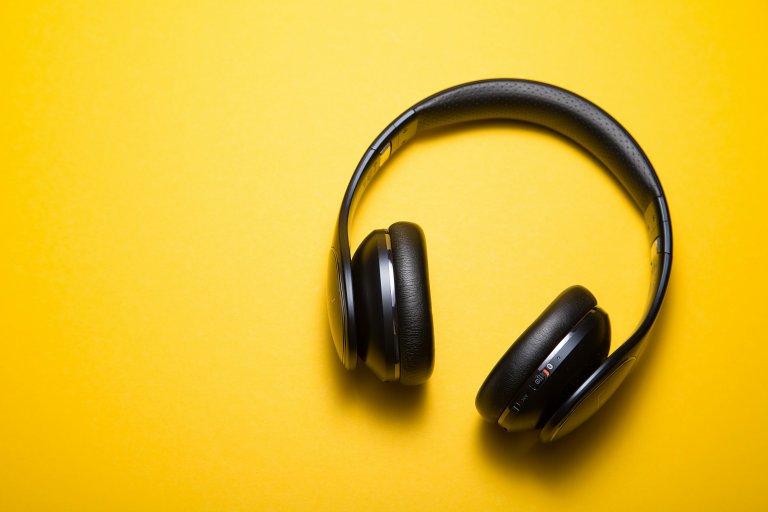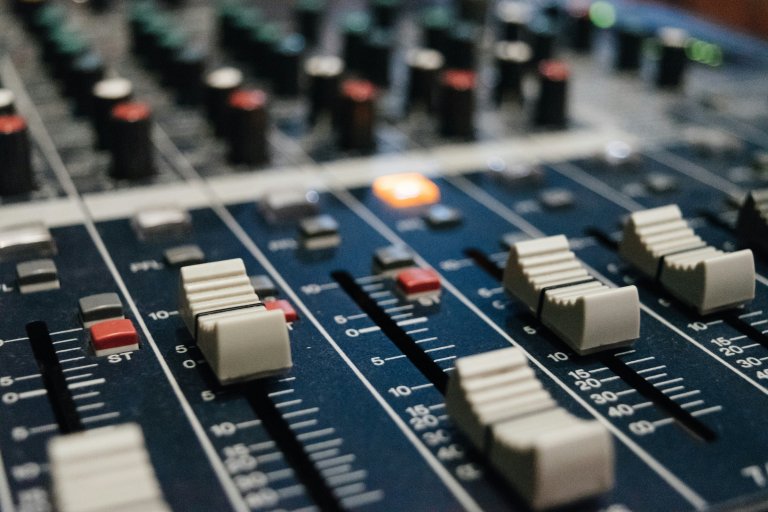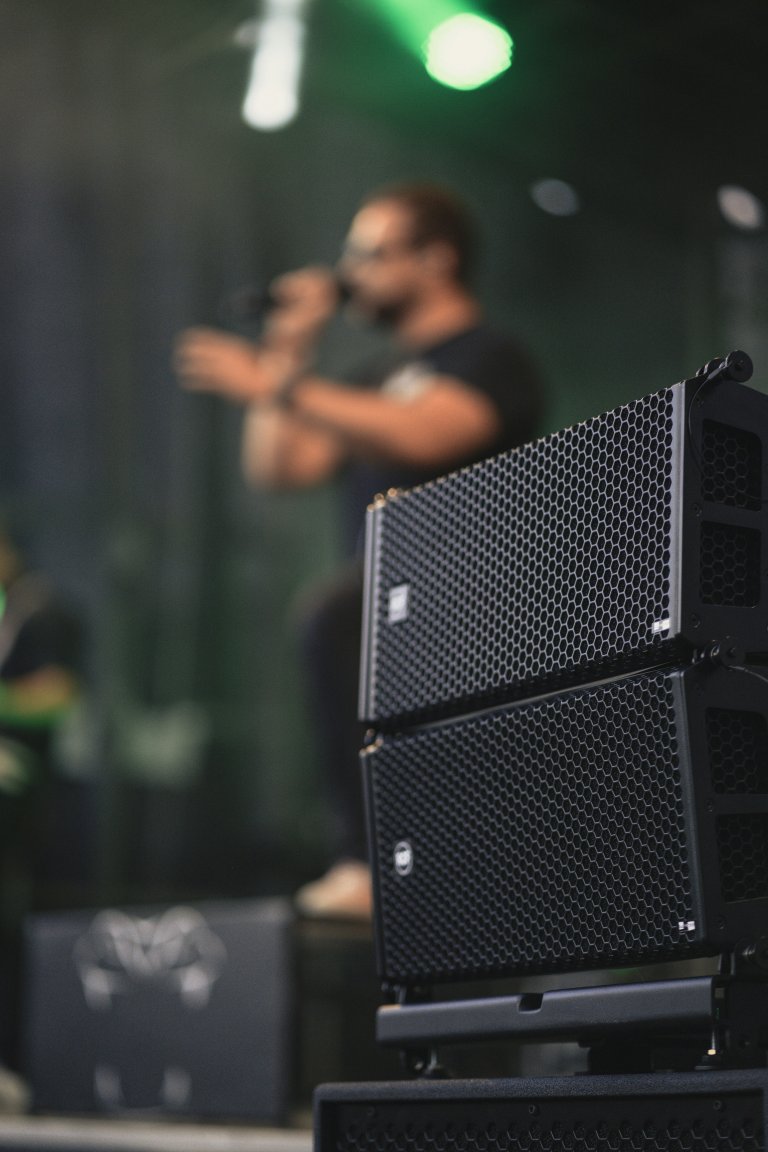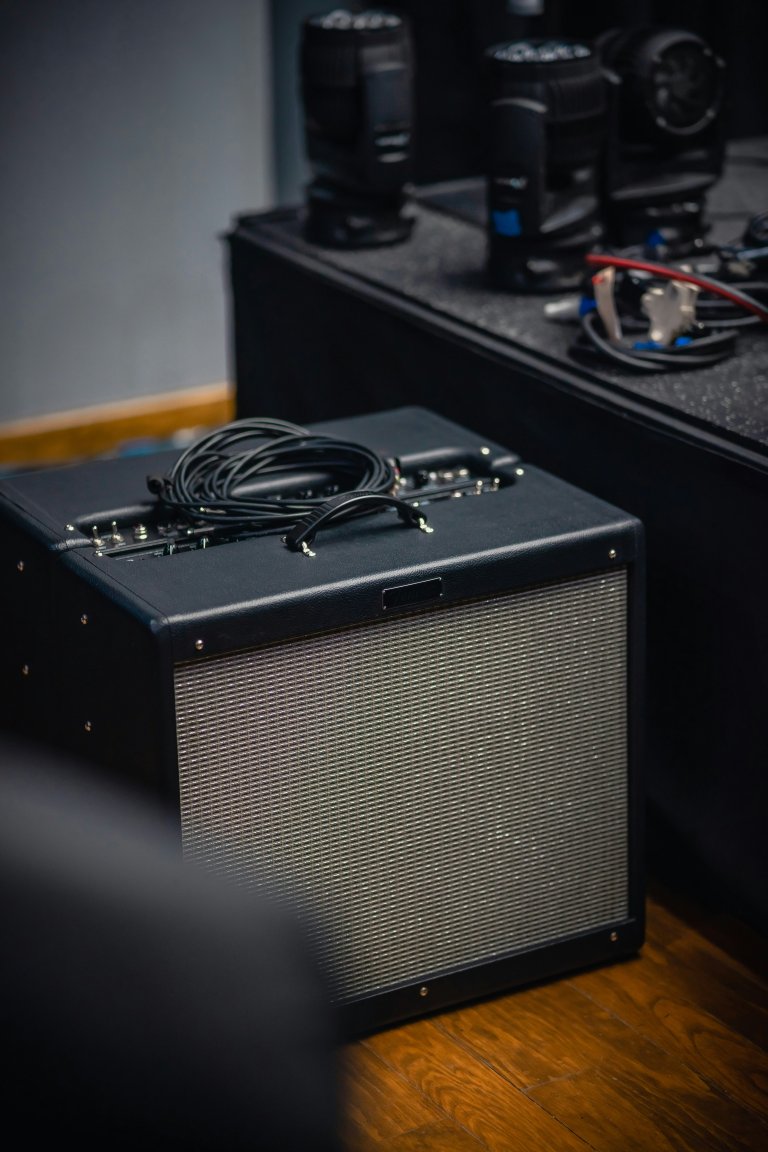Audio Book Rental Clubs Review
Audio books have become increasingly popular in recent years, as more and more people turn to this convenient and accessible format for their reading pleasure. However, purchasing audio books can be expensive, especially for avid listeners who go through multiple titles per month. This is where audio book rental clubs come in, offering a cost-effective and convenient way to access a wide variety of audio books. In this article, we will review some of the top audio book rental clubs in the market and help you make an informed decision on which club to choose.
1. Audible
One of the most well-known audio book rental clubs, Audible offers a variety of membership plans to suit different listening preferences. With a monthly subscription, members get access to one credit which can be exchanged for any audio book in the Audible library, regardless of its original price. Audible also offers discounts on additional purchases and has a wide selection of exclusive audio content. However, the downside is that once the subscription is cancelled, all the purchased books will be lost, making it more of a rental service rather than a library.
2. Audiobooks.com
Audiobooks.com is another popular audio book rental club that offers a similar subscription model to Audible, where members receive one credit per month that can be used to access any audio book in their extensive library. One of the standout features of this club is its user-friendly mobile app, which allows for seamless listening on the go. However, unlike Audible, Audiobooks.com allows members to keep all the books they have downloaded, even after cancelling their subscription, making it more like a traditional library.
3. Downpour
Downpour is a relatively new player in the audio book rental club market, but it has already gained a loyal following due to its unique subscription model. Unlike other clubs, Downpour offers a flat monthly fee for unlimited downloads, making it a popular choice for avid listeners. The selection of titles, however, is slightly more limited compared to other clubs, and their mobile app is not as user-friendly.
4. Scribd
Scribd is not exclusively an audio book rental club, but their monthly subscription model also includes access to a wide range of e-books, magazines, and audiobooks. The subscription fee is relatively low, but the downside is that members can only access three audio books per month, after which the options are limited. Additionally, the selection of titles is not as extensive as other clubs, and members cannot keep the books they have downloaded if they choose to cancel their subscription.
5. Kobo
Kobo, known for their e-readers, also offers an audio book rental club service. Similar to Scribd, their monthly subscription plan includes access to e-books, audiobooks, and magazines, but with a slightly higher fee. The selection of audio books is limited compared to other clubs, but they offer a user-friendly app for listening on the go. However, like Scribd, the titles are not available to keep after cancelling the subscription.
Conclusion
Audio book rental clubs offer a convenient and cost-effective way to access a wide range of audio books. Each club has its own unique features and subscription models, so it ultimately comes down to personal preference and listening habits. Audiobooks.com and Audible are the most well-known clubs, with a wide selection of titles and user-friendly apps, while Downpour offers unlimited downloads for a flat monthly fee. Scribd and Kobo offer a more affordable subscription, but with limited access and the inability to keep downloaded titles. Whichever club you choose, make sure to do your research and select the one that best fits your needs and preferences.





